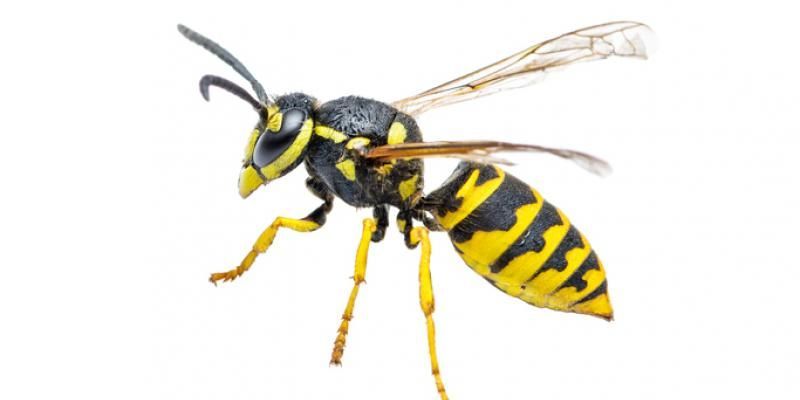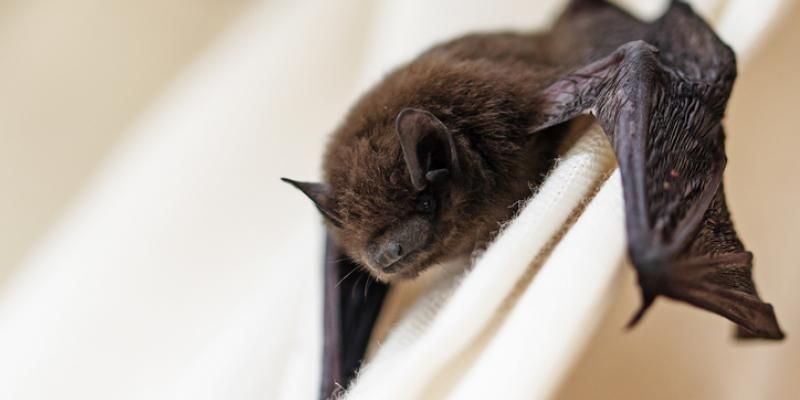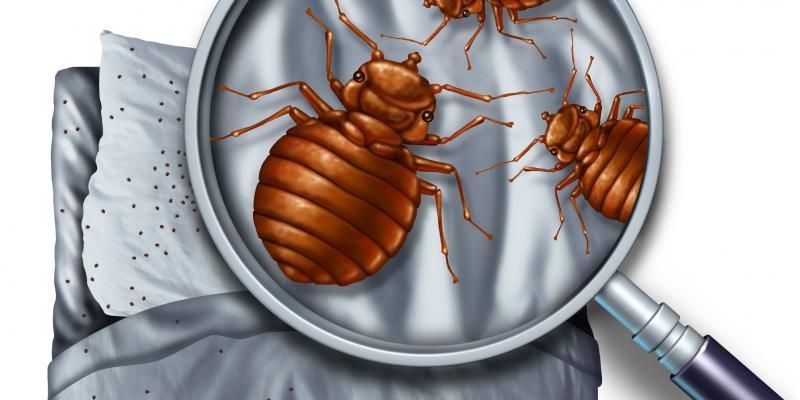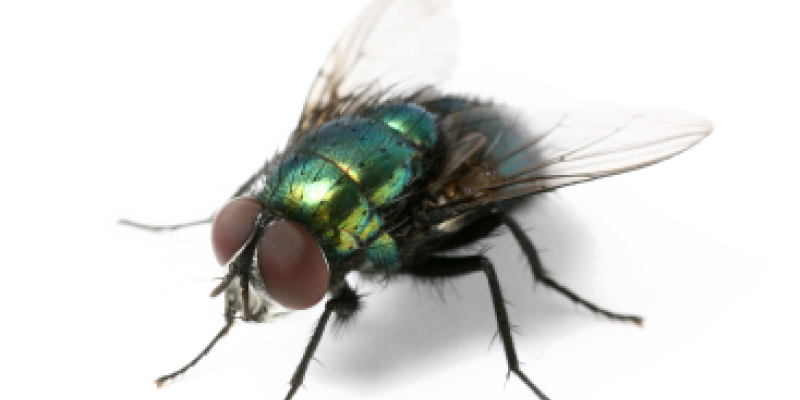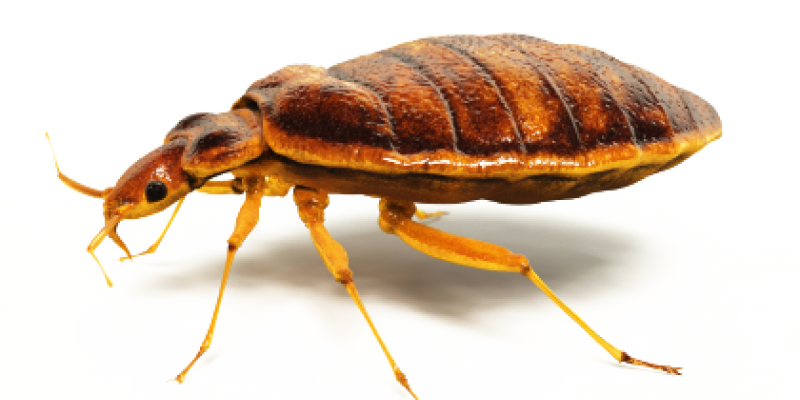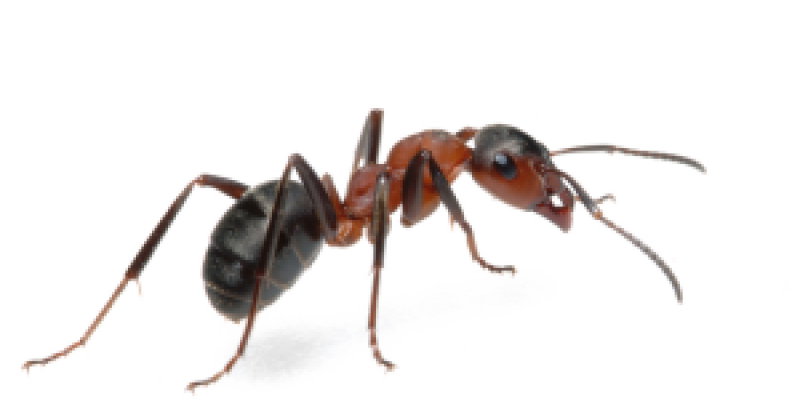Think Your Pet Has Lyme Disease? Here’s What To Do
Did you know that all Lyme disease is transmitted via tick bite? And while ticks may not be able to jump or fly, they love to crawl around in the grass and shrubs where your pets play. In fact, five of the ten diseases that ticks transmit to humans can also be transmitted to pets. So, if your pet carries an infected tick into your home, you could end up getting bit and even infected with Lyme disease. With the transmission of Lyme disease on the rise, it’s vital to know how to identify and treat it if you suspect your pet is infected. We’ll also share some tips on how you can protect yourself and your pets from getting infected.
What is Lyme Disease?
Lyme disease is an infectious tick-borne disease caused by the bacteria borrelia burgdorferi . It can be transmitted to both pets and humans through the bite of an infected black-legged tick, also known as a “ deer tick. ” These ticks are usually no bigger than a poppy seed, which makes them almost impossible to spot. Both dogs and cats can be infected with Lyme disease, but it’s more commonly found in dogs. Once bitten, the bacteria enters the skin, where it eventually makes its way into the bloodstream. From there, if left untreated, the bacteria can spread to the joints, the heart, and even the nervous system.
Lyme disease is present throughout the United States, but it’s more common in the Northeast, upper Midwest, and Northwestern states. While it’s highly unlikely that you would pick up an infected tick walking on a busy city street in one of these areas, you may pick one up if you live or spend time in rural areas. Tallgrass and wooded locations, places your pets probably like to run and play, are the prime hangout for these disease-carrying insects.
Symptoms of Lyme Disease
An infected tick needs to be attached for a minimum of 24-36 hours in order to transmit Lyme disease to your cat or dog. So just because your pet got bit by a tick doesn’t necessarily mean they have been infected with Lyme disease. This is why it’s so important to check your pet for ticks after they have spent time outdoors, especially if they have been in areas that have been identified as prime tick locations. If you routinely check your pet when they come in from outside and identify that they have been bitten, you can still safely remove the tick before any infection enters their body.
If you suspect that your pet was bitten by a tick and has been infected with Lyme disease, keep an eye out for these symptoms: fever, lethargy, stiff or swollen joints, excessive salivation, decreased appetite, on and off lameness, and reduced energy. If left untreated, symptoms can progress to kidney failure or neurological damage. An untreated infection can also be fatal, so all infections should be taken seriously. In addition, a tick that is left untreated will eventually fall off its original host and can reinfect other pets or family members.
What to Do If You Suspect Lyme Disease
Lyme disease is highly treatable if it’s discovered early enough. So, time is definitely of the essence when it comes to detection. However, problems can arise when a pet that has contracted Lyme disease doesn’t show symptoms. In many cases, obvious signs and symptoms of Lyme disease don’t appear until several months after the initial bite.
If you discover a tick on your pet or suspect your pet has contracted Lyme disease, call your vet immediately. Your veterinarian will run the proper tests and begin administering antibiotics immediately to fight the disease. For dogs, the two blood tests for diagnosing Lyme disease are called the C6 Test and Quant C6 test. Your vet should be able to perform both. If your pet tests positive for Lyme disease, make sure all the other pets in your household are checked as well. With proper treatment, your pet should be feeling better and return to normal within 3-4 weeks, with few or no long-term effects!
Prevention is Your Best Defense
Although Lyme disease can be a scary situation for pet owners, there are some things you can do to protect yourself and your pets from exposure. The best protection is obviously to avoid getting bitten in the first place. However, pets like to roam and explore, and we can’t keep ourselves or our beloved pets in a bubble. So, the next best thing you can do to protect yourself and your pets is to be vigilant when it comes to ticks. Always examine your pets thoroughly for ticks after they have been outdoors. Try to keep your grass under 6” long. If necessary, mow it consistently so ticks will have a harder time hiding and taking up residence in areas where you and your pets spend time. Also, ticks are attached to areas that are overgrown with shrubs or that have wood or branches on the ground. So, keep any piles of wood you may store for a fireplace as far away from your home as possible. Some topical flea and tick collars, shampoos, and other over-the-counter products can be effective at keeping ticks off your pets for a limited amount of time. Just be sure to check that the label says it’s safe for your pets.
One of the best ways to protect you, your family, and your pets from ticks this season is to call 247 Local Pest Control. We offer another layer of protection against mosquitoes, ticks, and flies that will help you stress less and enjoy more of the great outdoors. You can never be too cautious when it comes to protecting your pets and loved ones from ticks and tick-borne illnesses. Don’t forget to ask about our natural insect barrier treatment.

